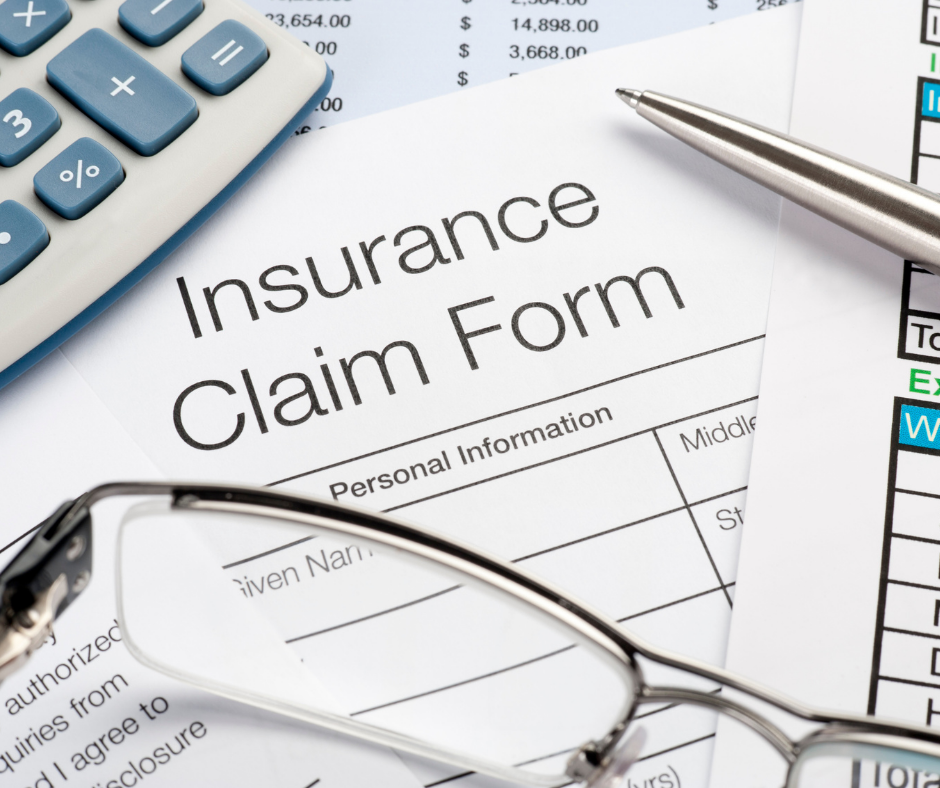Rescue Your Revenue

Having Problems Getting Your Insurance Claim Paid?
You were stopped at an intersection when a bad driver slammed into the back of your rig. Your custom aluminum trailer was severely damaged. Now that person’s insurance says that their insured was not liable for the accident. You should have taken evasive action. The whole thing is ridiculous, but you’re at an impasse.
Every claim has two steps. First, liability has to be established. In other words, you must prove the other side is a fault. Secondly, you have to prove damages (your losses). If the other side doesn't believe they are responsible, they aren't going to pay for your repairs or downtime. In order to get rolling again, you might consider paying for your own repairs or filing a claim with your own insurance company for your equipment's damages. Once repaired and back on the road, you could take the time to work on your claim against the other side for your downtime, repairs, and out of pocket expenses that your own insurance company didn't pay.
If the adverse insurance company doesn't believe that they are at fault, it will be important for you and/or your insurance company to prove that they were at fault. Proving liability may include a review of the following:
- Pictures of the scene of the accident, as well as your truck and theirs.
- Dash cam footage.
- Eye witnesses’ statements.
- Disposition of any citations.
- Accident re-construction by an expert.
In order to have the above evidence for review, you need to be prepared at the time of the accident. Fortunately, smartphones make this a great deal easier. Most people have one in their pocket and can gather a tremendous amount of evidence with it. Use it to take pictures and video of the general scene as well as specific damages. Did anyone stop to help? Get their contact information in case a witness’s statement is needed. Oftentimes, people don’t wait for the police to arrive, so their information won’t be found on the police report. If the witness is willing, you could also record an audio or video statement on your smart phone. Make sure they still provide their contact information on the recording.
If you don’t have a dash cam, you may want to consider purchasing one. I’ve seen many liability decisions changed when video from one is provided. If you already have one, be sure to save the footage from any incident or accident. Many are designed to record over old footage. Some clients have forgotten to preserve the video and lost valuable evidence.
As a last resort, you or your insurance company may hire an accident reconstructionist to explain how the accident happened. By being prepared, you’ll have obtained much of the evidence the expert uses in recreating the accident.
Finally, find out whether any citations were issued. If so, follow up to learn if the tickets were paid or contested. Sometimes, the judge’s decision on a contested citation or the at-fault party’s decision to not contest the ticket may be used to bolster your claim.
Once liability is accepted by bad driver’s insurance, you can move on to your repair costs and/or downtime losses. Repair expenses are fairly easy to prove with the right documentation. The problems arise when dealing with your lost income from downtime. Check out our next blog article to learn about the most common pitfalls in this area.
As an owner-operator, you have rights which vary from state to state. While this article does not give any legal advice, you do have the right to speak with an attorney about your downtime claim. With the proper actions and attention to detail, it is possible to collect your lost money.
The information provided is for general informational purposes only and does not constitute legal advice.
For more information on this or other legal issues, please contact The Law Offices of Eckert & Associates, P.A.
DowntimeClaims.com
1-800-DOWNTIME
